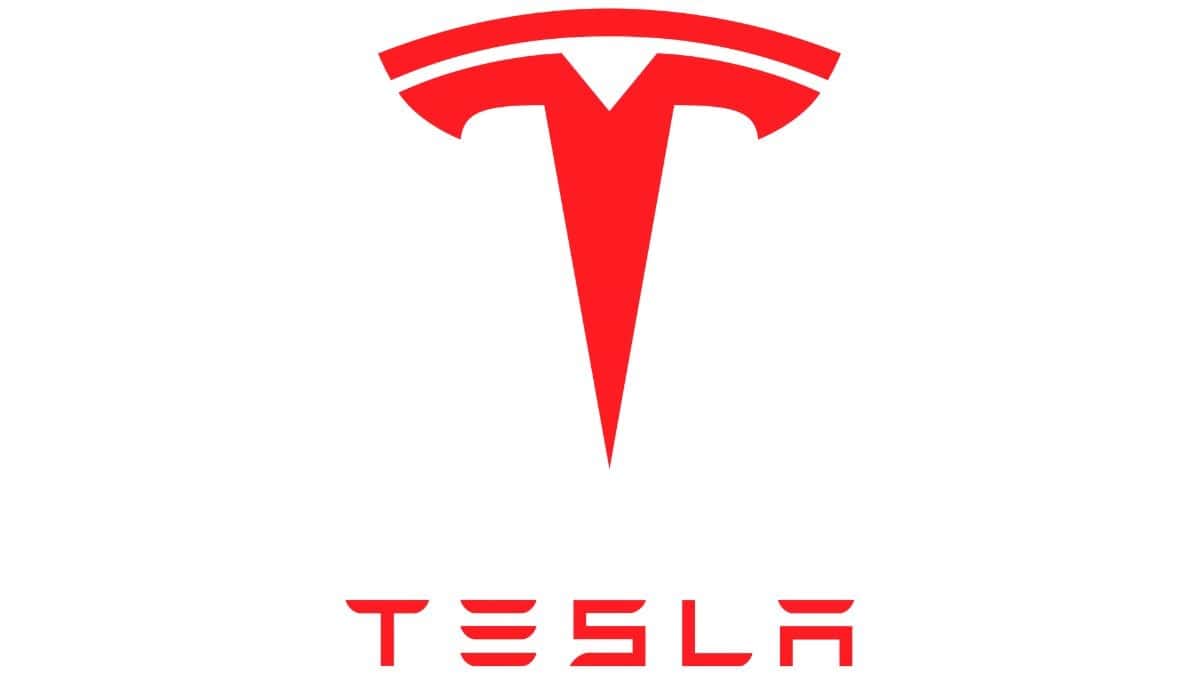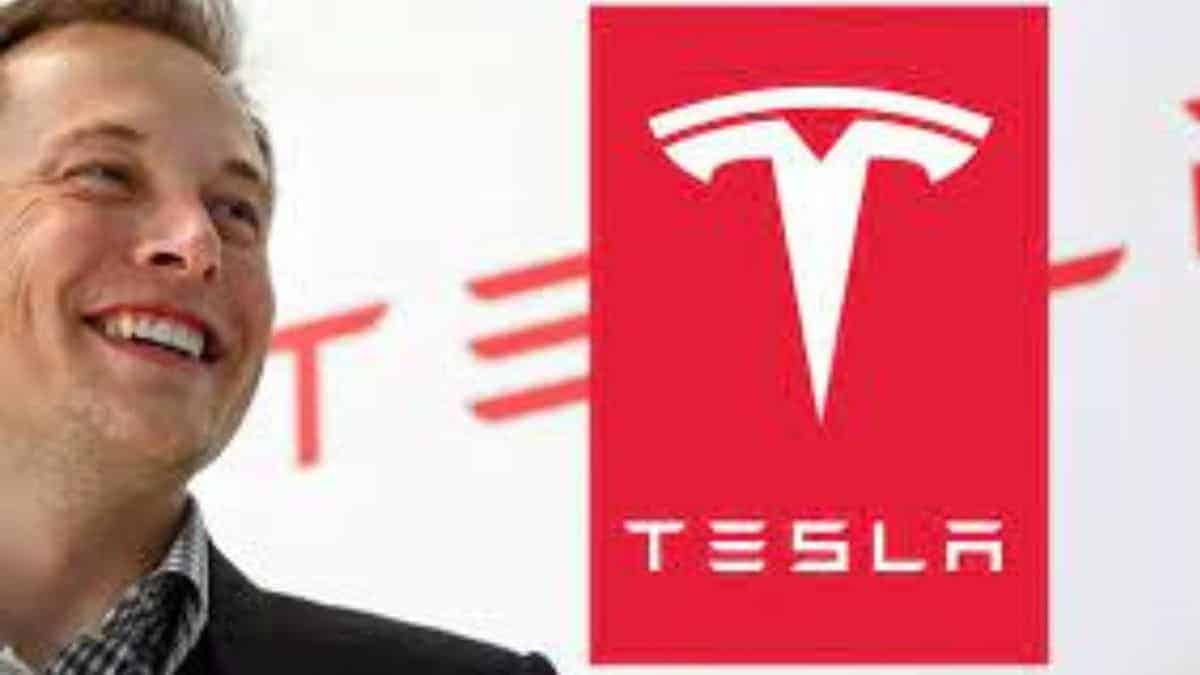An Insight On The Background Of The “Tesla” Logo

Take a look at the Tesla logo and the company’s beginnings.
The Tesla logo was created by RO Studio, a design agency with a long history of working with Elon Musk. The logo for Musk’s other venture, Space X, was designed by RO Studio, and after developing the Tesla logo, the firm introduced Musk to Franz von Holzhausen, who proceeded on to become Tesla’s Chief Designer.
The Tesla logo was originally designed to fit inside a shield insignia, however the firm later dropped the shield in favor of just using the letter “T” as their logo.

Every now and again, a company emerges that is daring and imaginative enough to completely transform an industry. When Ford introduced the Model T, it irrevocably transformed the transportation sector. Tesla is now attempting to revolutionize the transportation business once more by making electrified, self-driving vehicles the standard vehicle design of the future.
Tesla has had several triumphs and setbacks in its comparatively little history. We’ll look at that background, and also the role the Tesla logo has had in getting the firm to where it is now, in the sections below.
Background Of Tesla Logo
Though the word “Tesla” has become synonymous with the famed South African entrepreneur Elon Musk, Musk was not the one who founded the company.
Tesla was founded by Martin Eberhard and Marc Tarpenning in July of 2003, before Elon Musk became involved. After GM recalled their EV1 electric cars, the two men were motivated to launch the company, convinced that they would be able to manage the construction of a working electric vehicle that would succeed where the EV1 had failed.
Elon Musk became the chairman of Tesla’s governing body in 2004. Musk’s plan for the company was to start with a high-end electric sports car aimed at wealthy early adopters, then progress on to more mainstream electric vehicles aimed at the general public as quickly as possible.
The Tesla Roadster, a high-end electric sports automobile that Elon Musk was heavily involved in building, was the initial step in Tesla’s plan. Musk was given a lot of sway over Tesla’s decisions and road forward after becoming the company’s controlling investor shortly after its series A fundraising. Elon Musk’s ambition for Tesla was clear from the start: to help solve the world’s energy issue by developing high-quality, mass-market automobiles that did not rely on fossil fuels.
Elon Musk received the Global Green Product Design Award in 2006, as well as the Index Award in 2007. This concept, together with the design of the Tesla Roadster, earned him the Global Green Product Design Award and the Index Award in 2007.
Tesla, on the other hand, began to burn through capital faster than it could acquire it by 2007, and was forced to lay off 10% of its workers. When Elon Musk took over as CEO of Tesla in 2008, he oversaw the dismissal of another 25% of the business’s workers in an effort to lower Tesla’s “burn rate,” or the rate at which a not-yet-profitable company burns through the cash it has on hand.
Tesla’s burn rate spiraled out of hand to the point where the automotive website “The Truth About Cars” developed a “Tesla Death Watch” countdown timer, ticking down the days until the firm ran out of cash and went bankrupt.
Musk was able to keep Tesla from ever running out of cash thanks to a combination of his own funds, earnings from the automobiles the business was selling, and various investors. The Department of Energy gave Tesla another lifeline in 2009, lending the company $465 million to carry on working toward its vision of mass-market automobiles that do not need on fossil fuels.
With the introduction of the Model S in 2010, Tesla took another significant step toward realizing that vision. The Tesla Model S was still a long way from the type of mass-market automobiles that the business was aiming for, with a price tag of almost $72,000. Given the Roadster’s $200,000 price tag, it was undoubtedly a step in the right direction.
Around the same time that Tesla unveiled the Model S, the company went public. Investors were optimistic about the future of Tesla, given the company’s lofty goals, and the stock price soared. However, a number of setbacks ranging from vehicle fires to manufacturing issues have made for a bumpy road in Tesla’s stock price, causing the company’s value to rise and fall dramatically over the years.
Elon Musk and Tesla are still dedicated to their vision of fossil-fuel-free transportation, seeking to improve the range and efficiency of their vehicles while also lowering their prices. Tesla has made it a priority in recent years to build self-driving vehicles, and the firm remains deeply dedicated to developing the software and technology required for Tesla cars to traverse the roads without the driver’s involvement.


